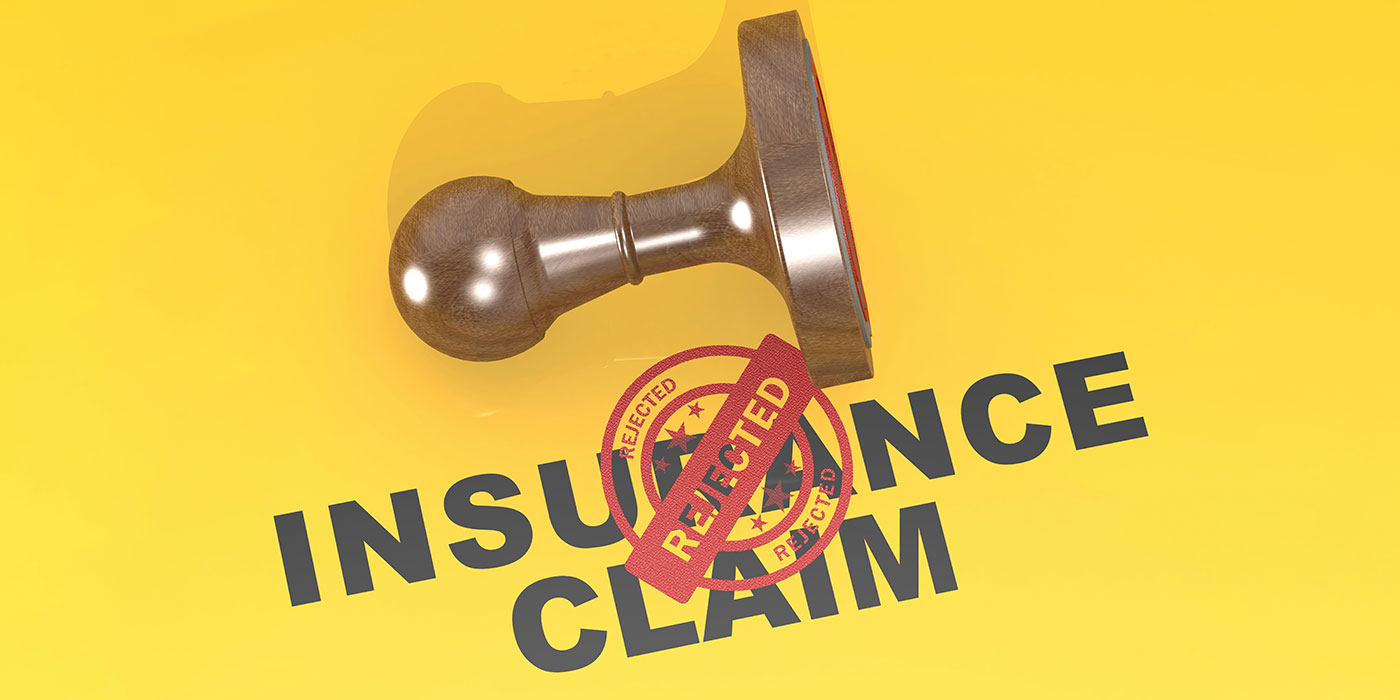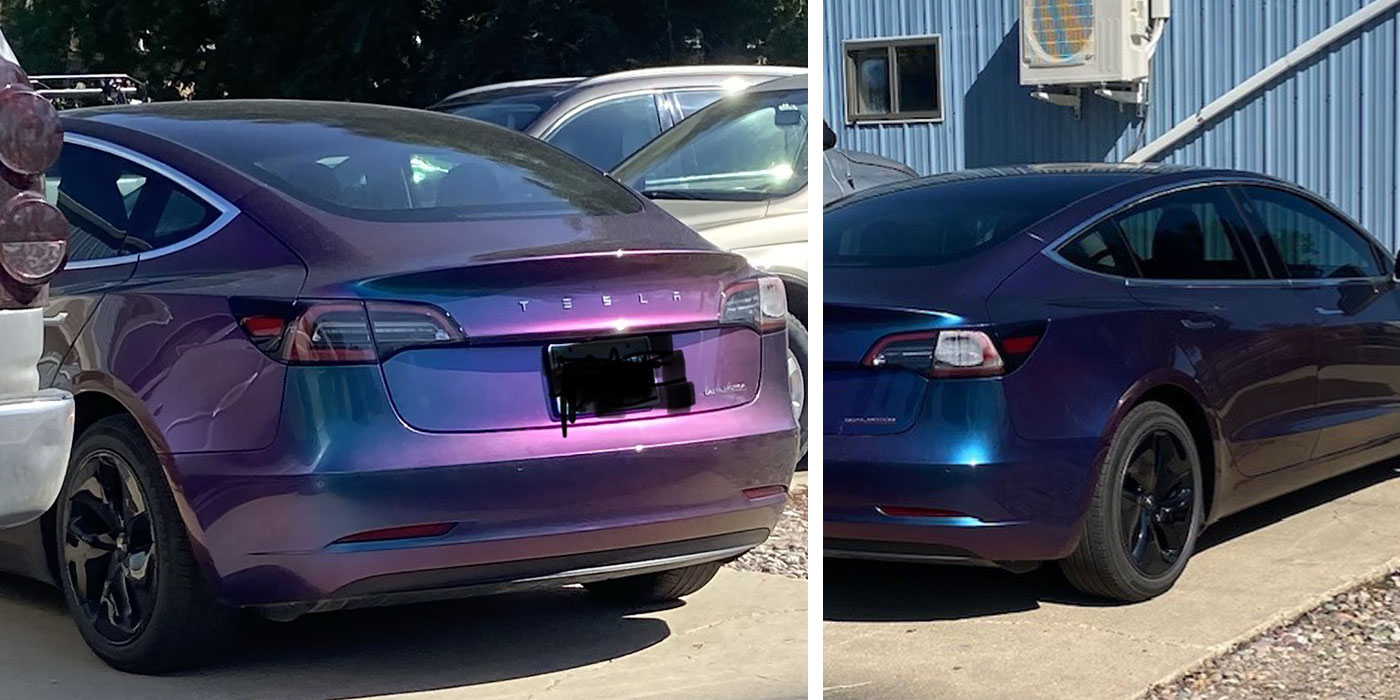Many collision repair facilities say that their employees are initially apprehensive when switching from solvent-based paint to waterborne. That was the case with Chuck Dietch, but validation after the switch has come in the form of effusive praise from his crew.
“They tell me they would never go back to solvent,” says Dietch, second-generation owner of Center Square Motors in Blue Bell, Pa. “In fact, they say that if they left my shop, they would only go work at another shop if it sprayed water.”
Dietch made the switch in September 2011. Not only were his employees dealing with a change to waterborne but also a change in paint brands, so the challenges were plenty. But BASF eased those challenges with training and guidance.
“My two main painters went to their three-day school,” Dietch says. “Two weeks later, BASF had people at our shop to help us through it.”
Center Square was the first shop in its area to transition to waterborne. That’s Dietch’s style: to be proactive.
“I read about how many shops in California waited to switch till near the compliance date, and as a result the jobbers were overwhelmed and couldn’t sufficiently train the workforce,” says Dietch. “I didn’t want to fall into that trap.”
Another one of Dietch’s philosophies is to set yourself up for success. Following that strategy, he had his paint manufacturer visit his shop to evaluate what it might need to assist the transition to waterborne. Based on the evaluation, the shop switched to different airlines and went to a rotary screw compressor for the paint shop for more volume. They also had a dryer developed that would serve the whole paint shop (two downdraft booths and two heated downdraft prep decks), eliminating the need for individual units.
“My belief is that if I’m going to do it, I’m going to do it right,” Dietch says. “I believe you should set up things for success, not failure.”
Humidity is a concern in Center Square’s region. In fact, the shop was dealing with 90 percent relative humidity already in May, which necessitates using fans to help dry the basecoat. Still, Dietch doesn’t see it as a major problem.
“The paint might dry more slowly on humid days, but I don’t hear my guys complaining. They’ve adapted well to different processes and procedures to make things work. Overall, our efficiencies are better, and my profit on materials is better, too, so it has been a win-win.”
Making such a big change in his company, Dietch was intent on publicizing it to the community at large. An advertising agency he works with distributed a press release, and several local newspapers contacted him, with one actually visiting his shop and interviewing him. Plus, he has a display in the reception area telling customers they’re now “green.” Brochures are also placed in customers’ cars alerting them to the shop’s decision to become environmentally friendly.
Dietch is also thrilled that he has a healthier work environment for his employees. “Even though our mixing room was ventilated, you would still smell that solvent smell,” he says. “Now, with water, that smell is nowhere near where it was.”
Plus, his painters are telling him that the waterborne product is less tricky than solvent, particularly concerning metallics.
“You have to use different techniques, but my guys say it’s easier to blend and fill your metallics out. With some solvent metallic colors, you had to really have good technique. But now, for example blending silver across a hood, water is much better and reduces the chance of creating a halo effect or hazing.”
The bottom line, Dietch feels, is that shops need to adapt to various changes in the industry or risk becoming extinct.
“You can’t do the same old same old,” says Dietch. “If you’re stuck in that mindset, you’ll be left behind. Things change, and maybe not for the better sometimes. But you still need to look into things and see where you need to be and what you need to do, or you’ll be left on the wayside.”













